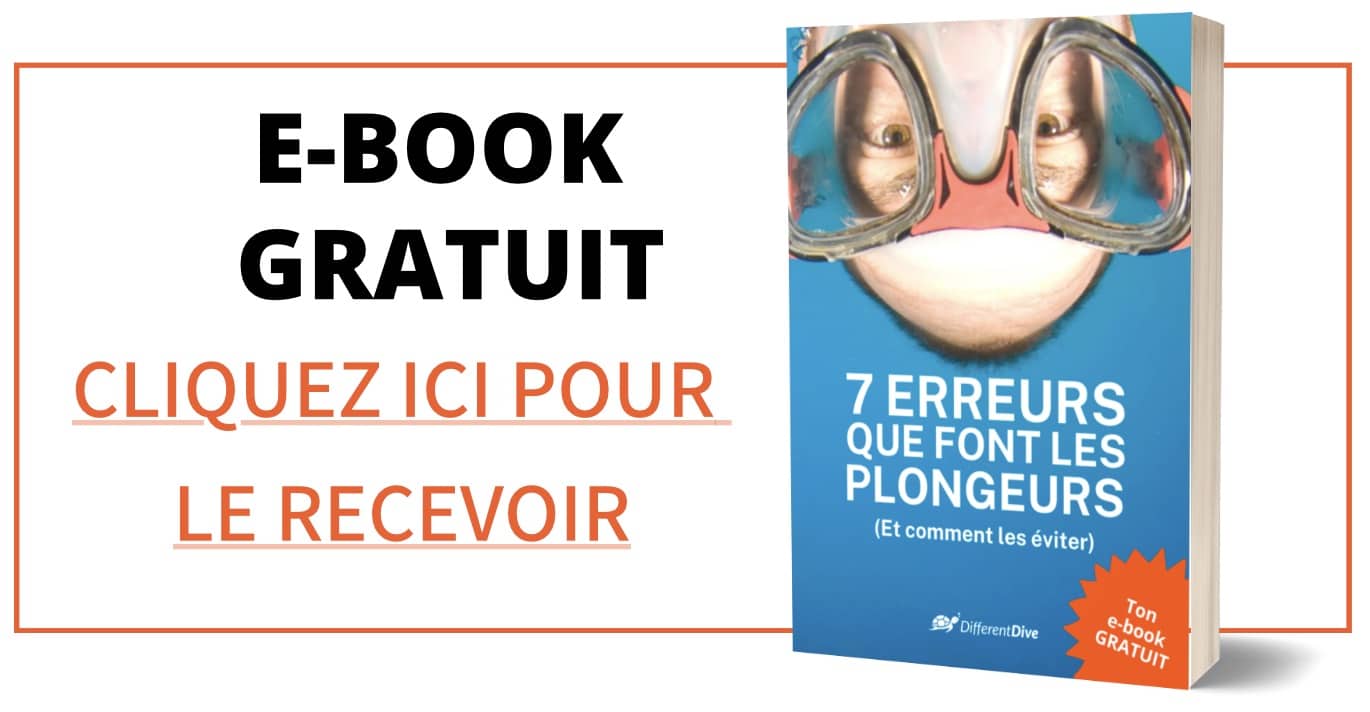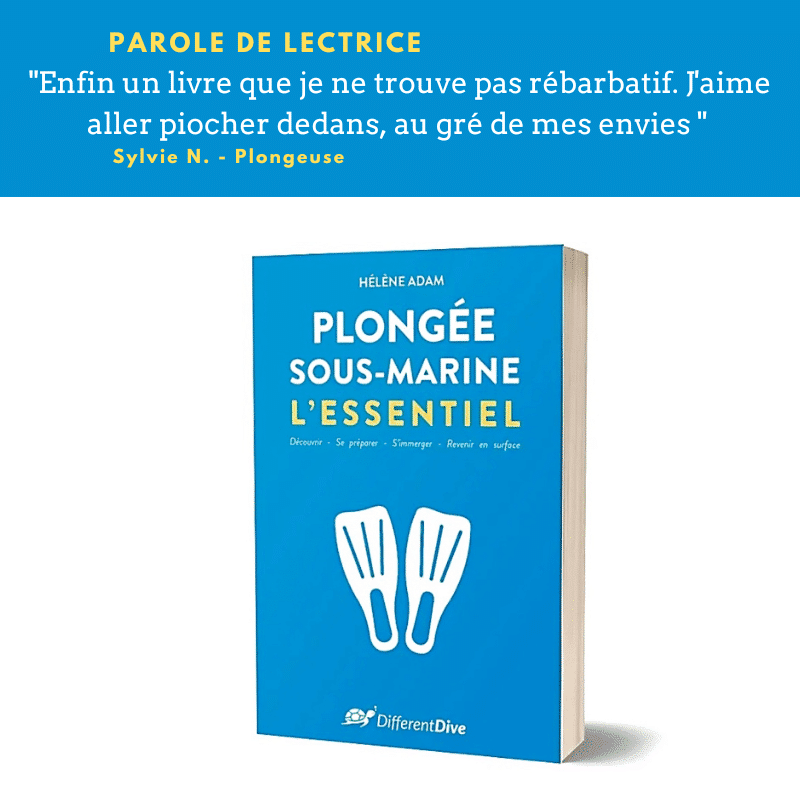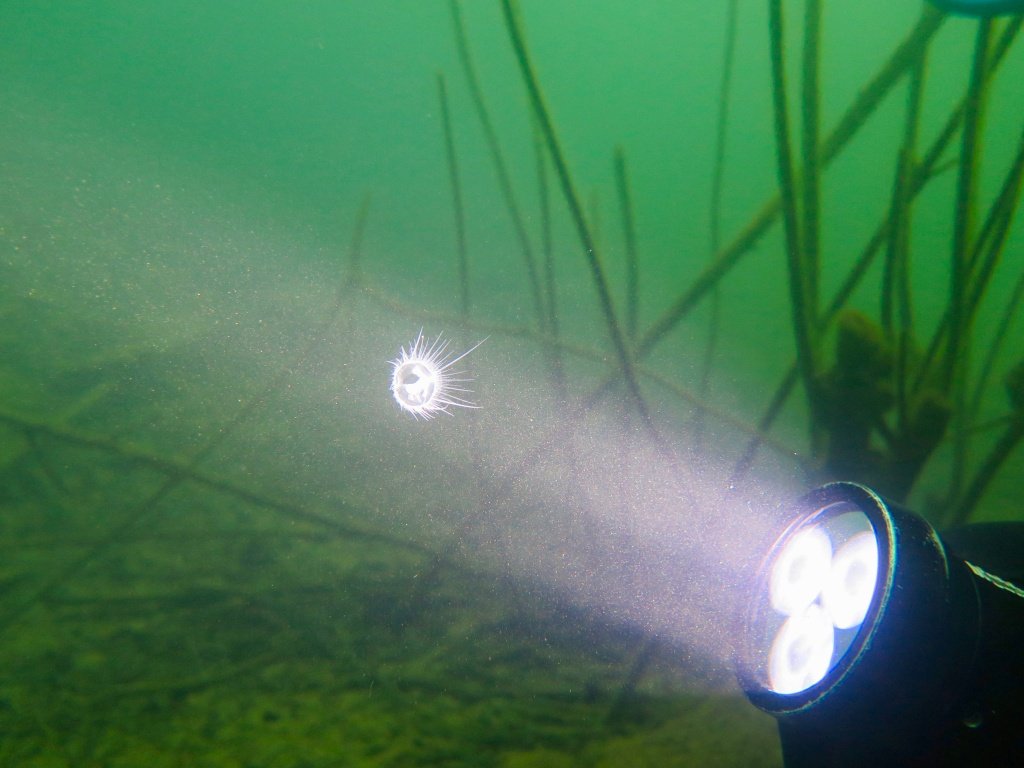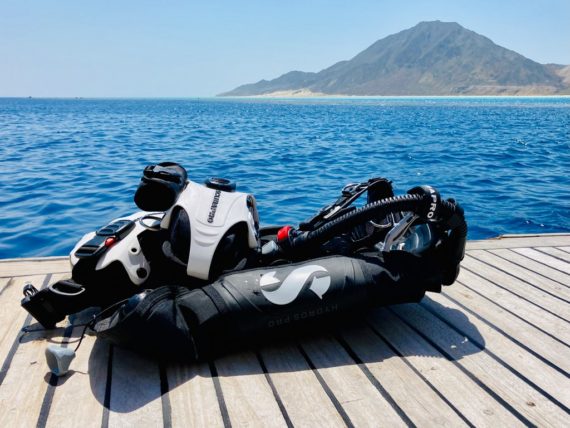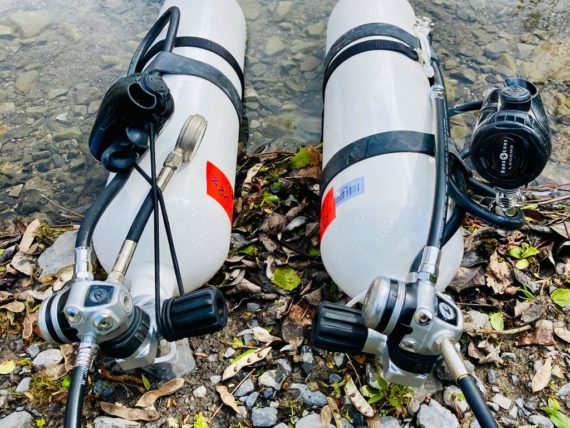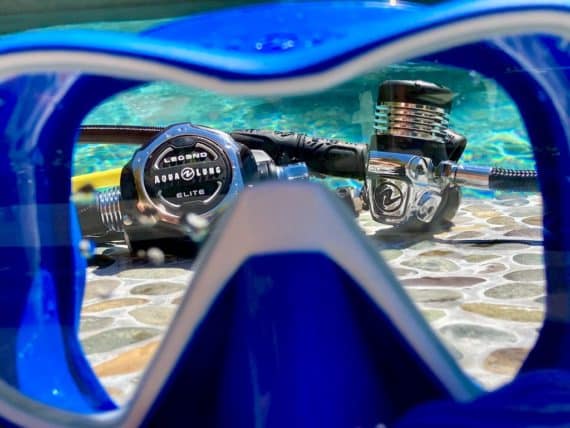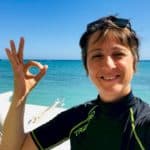I tested the river archaeological diving

Do you know the river archaeological diving ?
In early 2017, I had the chance to meet Marc Jasinski and start archaeological diving.
A pioneer in river underwater archeology. Marc is also the founder of the CRAF. (Center for Water Archaeological Research). And author of books that inspired more than one diver.
During this meeting, Marc made me want to discover this very special discipline.
I then became a member of the CRAF and began to learn about this activity. Which uses diving not as a means of exploring the seas and oceans as I usually do but as a scientific research tool for bringing more understanding on the different ages of our history.
In river archeology, divers do not dive, they work!
And this notion makes all the difference with my usual practice of scuba diving.
The day I finally tested it.
August 2017 is the D day, I will be able to experience this unique experience of archaeological diving.
We are awaited Didier and myself for a briefing at 9:00 am sharp. At the headquarters of the CRAF at the exit of the caves of Han-Sur-Lesse. Where the “Lesse” river emerges from its passage underground.
It was here that the first discoveries of Marc’s river archaeological diving began in 1963. And since then, the works have followed one another.
Adrien, the youngest of our children. Commes with us in a hurry to participate in his own way in this unusual diving experience. In the serach of history.
Christophe Dalaere
The current president of the CRAF. An archaeologist and researcher at the Université Libre de Bruxelles, gives us a warm welcome (definitely). Before briefing his team of researchers.

As it is our first day on the river archaeological site. He proposes us to listen and to brief us more precisely face to face just after.
From the outset I like sketches, plans, drawings and other explanations all recorded in a large notebook. It is because, with the river archaeological diving. We take a true scientific approach by participating in this site of river archeology.
Here it is serious and nothing is left to chance.
The buddy document is filled. The buddies will work all day long at the excavation site a few meters below.
As it is a new experience for me. I will dive (no, I will work) with Philippe, my buddy of the day. And very experienced diver (normal, it was his job).
My underwater appointment for this new experience is scheduled for 14:30.
In the meantime, other activities are planned with the use of river archeology equipment. This is very different from the usual diving equipment. Air-lift (to extract material at the bottom of the body of water and bring it back to surface to sort). The giraffe (to raise the baskets containing the medium-sized stones). A hoist (to move heavy stones, several hundred kilos), the sieves (to analyze thoroughly the material collected thanks to the air- lift), buckets and rafts.
I walk, I observe, I learn.
Robert explains his passion for river archaeological diving while his expert hands and eyes track the possible presence of historical vestige in the sieves.
Valerie tells me about her experience as a professional diver and her love for river archeology. The students specialized in archeology initiate Adrien to the handling of the giraffe. Didier is reading the newspaper while Christophe coordinates all this people in a warm and friendly atmosphere. The whole, under the curious eye of the tourists who come out of their visit to the caves of Han. And watch us from the other bank.






One feels that everyone is waiting to see a clue, a vestige, a trace of the past. We note the parameters, we discuss, we eat … and the day goes by.
While the collection of artifacts seems poor that day Two divers find a child’s leather shoe buried there for over 300 years!
It is soon my turn. I put on my drysuit (the water is only 15 ° C and we plan to stay one hour underwater), check my camera. Ready for archaeological diving.
Since I am diving with an initiate who has as objective to dig a lot and remove as much as possible stones, Christophe gives me the mission to take pictures and, if I wish to explore the area of research. He points out that visibility is particularly good today. whow !
As I am impatient, I equip myself (far too fast), I arrive ready to the edge of the water (well too early) and I wait my turn (well too long).

Immersion in archaeological diving
When the time comes, we immerse ourselves and join the excavation area at +/- 3m depth.
Right from the start Philippe starts to work and I observe him. His gestures are precise and regular. With a trowel he pushes the “material” inside the air-lift and put the biggest stones in the baskets which will be lifted with the giraffe.
I see that it is useless to stop him by trying to clear the area with him then. We move around the place of excavation, take some pictures, try to understand the typology of the place, let me surprise by poles and a few curious trout … all while being very careful not to raise sediments by swimming so as not to bother Philippe who works a few meters from me using archaeological diving as a tool.
I explore the beginning of the cave with a lot of wonder and emotion for the history, our history, and the research work of these enthusiasts who succeeded with love on this site for more than 50 years. After a little thought for Marc who is waiting for us at the surface and for whom this site counts so much.
I take some pictures
And also short movies but the visibility, although described as particularly good, has nothing to do with that of my usual diving places and I then choose to concentrate on the experience. Here, each object or material is potentially a vestige of our history. And when I see a piece of wood it is a stake that is several hundred of years old !

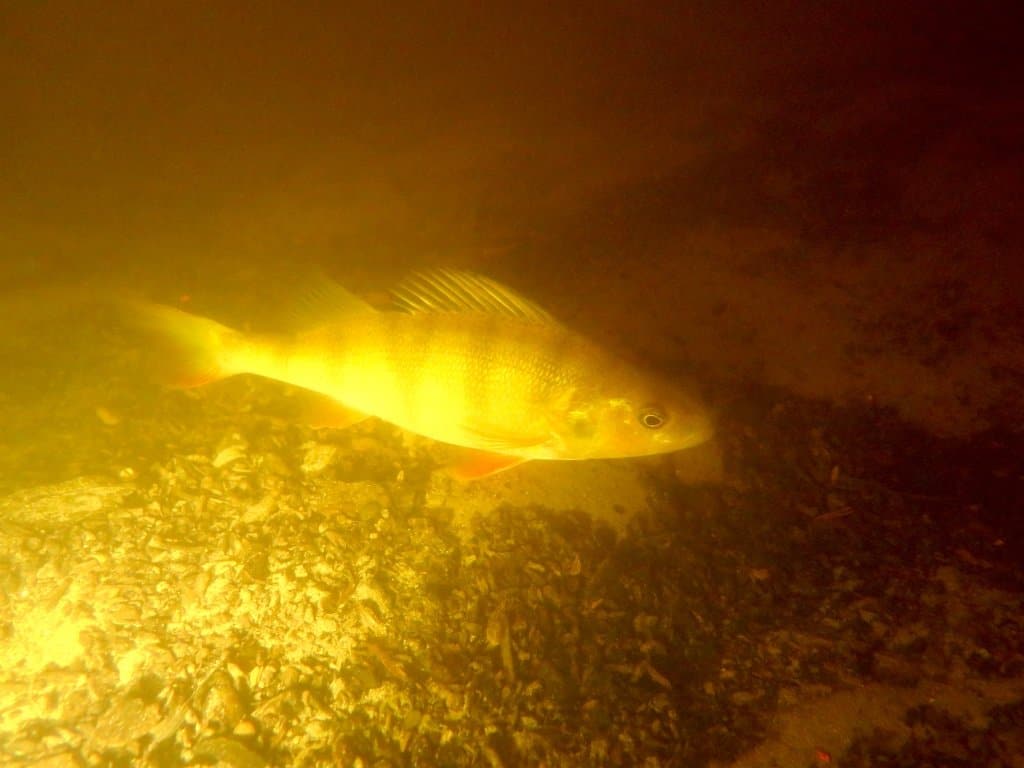



While letting me feel the atmosphere of this dive very different from the others, my eyes are suddenly attracted by a small object just beyond the excavation area.
Chance of the beginner in archaeological diving and great pleasure for me, I come back to the surface, showing this piece of terracotta pot several hundred years old like a trophy.
It is already the end of the day and with a formidable efficiency, we go up and put away the equipment before leaving. It is quiet again on the river
After a nice farewell and a last photo with my diving team, we leave happy and delighted with this new dive experience with Robert, Valérie, Chloé, Daniel, Michael, Philippe, Aliocha, Céline, Christophe, Marc and others … Sure we will come back 🙂



So finally, what is archaeological river diving ?
In the river archeology, there are no corals or ship wrecks but only vestiges of our history (pottery, currency, leather object, …), rather turbid waters and some river fish (perch, trout , pike, …) evolving in the middle of stones, pieces of wood and small plants.
River archaeological diving is an aquatic science activity that requires a lot of rigor, a lot of work and a lot of commitment and passion for history. This activity uses diving as a tool and not as an activity in itself.
If you do not have an interest in history and archeology in general, it is better to pass your way and try other diving experiences.
But if you are passionate about the vestiges of the past, do not hesitate to give your time and expertise for this special river archeology activity.
Want to share your experiences, comments and questions ?
Post a comment below … it will be my pleasure to exchange with you live 😉
Good bubbles and do not forget to be happy 🙂
Helene
PS: What if we stay connected? Go to our Facebook page or subscribe to our newsletter


